Praise ye the LORD.
Praise ye the LORD from the heavens: praise him in the heights.
Praise ye him, all his angels: praise ye him, all his hosts.
Praise ye him, sun and moon: praise him, all ye stars of light.
Praise him, ye heavens of heavens, and ye waters that be above the heavens.
Let them praise the name of the LORD: for he commanded, and they were created.
Psalm 148:1-5
So, Creation Reformation has written their second post in our ‘evolution’ series. In it, they reiterate their claim that ‘evidence’ is the best way to argue for creation and that atheists are not their audience. I see that they have added ‘logic’ to their definition of ‘evidence’, which is a bit odd but works for me.
So my question for them now would be, “So, what kind of evidence?” And what of the role of the Holy Spirit? And of Scripture? How do they fit into the best way to argue for creation?
MNS: Minimum Necessary Systems
Moving on to this post, Russ and I had a fun exchange on my post ‘First Things’ and in a series of private messages. In that post and exchange, I pointed out that there is an absolute minimum of things that would be absolutely necessary for the first life. In particular, I pointed out that there would need to be a method of gathering energy for use by the organisation and a functioning reproductive system. Those were the two elements I particularly pointed out that are needed.
Along the way, we delved into several areas that I thought would make a good post; thus, here we are. This post is basically a continuation of my ‘First Things’ post and delves a little deeper into some of the issues I brought up there. The overall point remains the same: evolution is impossible. It is not unlikely; it is impossible.
Environmental Energy
During that discussion, Russ suggested that the energy for the organism might come ‘from the environment’, which is of course, true. Every organism gathers energy from its environment. Now, they do so in very different ways. Some organisms capture energy from the sun. That is to say that the sun gives off energy, which they then capture and use for their purposes.
Other organisms capture energy from their environment by ingesting things that have energy in them. For example, a cow will eat grass, and the grass has captured energy from the sun, so the cow is able to use that energy that the grass captured for the functioning of the cow.
And then along comes the wolf, or the rancher, and kills the cow, to take the energy which the cow got from the grass, and the grass got from the sun. It sounds like there's a song in there somewhere.
There are obviously other ways in which living organisms capture energy from their environment, but my point here is that all organisms must, by definition, at least at some point, capture energy from their environment.
So, the question isn't whether or not the organism gets energy from its environment. The question is how you take the energy that is floating around in the environment and turn it into productive work inside the given organism. A bicycle has, among its many components, a mechanism for transferring energy from the moving feet and legs of a child into forward motion. A car has a mechanism for turning the energy stored inside gasoline into not only forward motion but also air-conditioning, a fact for which all of us living in Texas are profoundly grateful.
So when I mention that the earliest living organism, the very first life, the life from which, according to evolution, all of their life proceeded, must have had a mechanism for using energy, I was taking for granted the idea that that energy must come from its environment
Thus saith God the LORD,
he that created the heavens, and stretched them out;
he that spread forth the earth, and that which cometh out of it;
he that giveth breath unto the people upon it, and spirit to them that walk therein:
Isa 42:5
All Together Now
The question that the evolutionist must answer is, “How it is possible for that kind of mechanism to have come together in the very first organism in such a way as to not only power that organism, which is already a fantastically complex difficulty, but also to already be included in the reproductive system such that when the first organism reproduced it reproduced not only the reproductive system but also the energy system?”,
And I pointed out in my first things article that this would involve impossibility built upon impossibility. And impossibilities do not become more possible if you give them more time.
Let me be very clear about the problem that I am asking the evolutionist to solve. I am not asking the evolutionist to tell me what the first life was like. I understand he can’t go back in time and actually see it. I am asking him to tell me, to describe for me, to weave a fairy tale for me about what the first life could have been like. One possibility, however far-fetched.
I am asking him to get out of a piece of paper and a pencil and write down and publish what he considers the minimum necessary functioning systems would be for a ‘first life’. And then to describe those systems themselves. Again, I am not asking him to tell me what systems *were* in there; I am asking him to tell me his fairytale. I am asking him to describe systems that he thinks *could have been* present in a ‘first life’.
And then, I would like to do two things:
First of all, I would like to examine his list of systems for missing parts. If someone were to design the ‘first automobile’, or at least their imaginings of what the first automobile could have been like, and then we were to look at his design and see that it had no way to be steered, I think it would be legitimate of us to say that there is no way that that could have legitimately been the ‘first automobile’. There is no way that that would be considered a functioning automobile, a useful automobile.
But worse, if they were to propose an automobile that had a gas tank and an engine but which had no fuel line between the gas tank and the engine, I would ask him to go back to the drawing board. That, too, would not be a functioning automobile. Good try, no banana.
And that is the easiest of the two steps I would ask him to undergo. The second step would be to look at all of his drawings of all the things that would be necessary for this automobile, or as our actual example, his proposed ‘first life’, and ask him to describe to us his fairy tale about how all of those things could have come together at the same time in the same place to produce this minimally functioning Life.
It is wildly impossible to describe a system with a functioning reproductive system and an energy system, all of which came about by random accident with all necessary parts present at the same time and in the same place. However, it is infinitely less possible that that reproductive system would have within it the design for the energy systems already in it. Which it has to have. It would do no good whatever for the reproductive system to reproduce itself, only for that new system to have sat there, inert, due to a lack of energy.
I have made the earth, and created man upon it:
I, even my hands, have stretched out the heavens,
and all their host have I commanded.
Growth
Now, let us look at the growth needed to reproduce. Let us say that our initial life had, at the moment of its miraculous conception, 100% of what it needed to exist. By that, I mean that if it only had had 99%, it could not have existed, but if it had had 101%, it would have had extra. Which would be fine, but we are only going to insist on 100%
Now let us notice that in order to reproduce, it will need to reach 200% of that initial minimum condition. Two lives would each need 100% each in order to survive, assuming we have defined 100% as the minimum necessary.
This is called ‘growth’, typically, and that is the term we will use here. So when we said that the minimum life had to have both an ‘energy system’ and a ‘reproduction’ system, we implicitly included a ‘growth’ system in the latter.
But it might be better to tease it out and say that the minimum life needs:
1) An energy system: A system that takes energy from the environment and turns it into useful ‘work’ in the organism,
2) A reproduction system: a system that, using energy provided by the energy system and material provided by the growth system, stores the information needed to recreate the organism and then, at the proper time, uses that information to reproduce the organism, including all three systems.
3) A ‘growth’ system: a system that, using energy provided by the energy system, captures and stores the material needed for the reproductive system to do its thing.
I will praise thee; for I am fearfully and wonderfully made:
marvellous are thy works; and that my soul knoweth right well.
My substance was not hid from thee, when I was made in secret, and curiously wrought in the lowest parts of the earth.Thine eyes did see my substance, yet being unperfect;
and in thy book all my members were written, which in continuance were fashioned, when as yet there was none of them.
Psa 139:14-16
Complexity
Have you ever seen a solar power unit? Not from the outside, but seen what goes on inside it, how it is made? Pretty complex. And all it does is turn sunlight into DC. Add in a battery unit (kind of complex itself) and you can store power. But to use that power, that is a whole different layer of complexity. And that’s just to use it for something simple, like a motor.
For small organisms, the problem is orders of magnitude worse. You cannot just fill a cell with 12VDC and expect to have little mechanisms suddenly able to digest food and use it to build the cell or to power reproduction. What they do is take the energy from the environment and turn it into high-energy molecules. These molecules wander around the cell and get used by the various cellular processes.
This means that the energy capture mechanism has to be able to produce ATP. It has to have the raw materials in the right place and have the mechanism for producing it all ready to go.
Is it possible for the first life to have used a mechanism other than ATP? Sure it is! But this would lead to two problems.
1) This would mean that the pathway to present life would have to include a successful transition from one energy system to another, with somehow all the parts of the organism successfully making the transition at the same time, or else they would have to have two systems going simultaneously for a while and
2) What could that system have been? Not what was it, what could it have been? What simpler system is even possible to power an organism?
Rev 10:6 And sware by him that liveth for ever and ever, who created heaven, and the things that therein are, and the earth, and the things that therein are, and the sea, and the things which are therein, that there should be time no longer:
Challenge
So my challenge to Don Pato and Russ, and my answer to Creation Reformation, is that of ‘Minimum Necessary Systems’… a part of the ‘First Thing’ issue. Is the evolutionist really convinced of his theory when he cannot even come up with the most fairy-tale-worthy of pathways? When he cannot even say with the mildest confidence, “Here are some systems that I think are at least possible that a hypothetical first life must have included.”?
And for those who seem to feel compelled to believe in evolution ‘because science’, how can we even call a theory of the first life ‘science’ if we don’t have even the slightest guess of what that first life might have been like?
Now, I am sure that Russ will bring up the fact that before germ theory was invented, no one believed in germ theory. I will merely add that before germ theory was invented, no one insisted that it was fact. They first had an actual germ theory, not a bunch of handwaving.
People will say that scientists have confidence in their theory of abiogenesis, but the truth is they don’t have a theory of abiogenesis. At best, as Russ pointed out, they have some wild guesses as to some parts of the environment and some elements that might, possibly, have been present at that time. To the best of my knowledge, no scientist has even published a possible diagram of the first life. So they have confidence in nothing at all.
Links
First Things
And God said, Let us make man in our image, after our likeness: and let them have dominion over the fish of the sea, and over the fowl of the air, and over the cattle, and over all the earth, and over every creeping thing that creepeth upon the earth. So God created man in his
Attacking Evolution #2A
So, I’m enjoying my exchange with Creation Reformation on the issue of evolution. I think I have the most fun when I get to argue with a serious opponent who can intelligently disagree. Probably the second most fun comes from a serious ally who disagrees on a certain point, or who has a different perspective, but who is still willing to get down and argue… or at least disc…
Ground Rules
Ok, so Don Pato, of Don Pato’s Musings (who wins an award in my book for most creative SubStack title) has suggested that we do an exchange of views on the issue of evolution. He was kind of surprised, or so it seemed, that there was anyone left who didn’t already believe in evolution, and was excited to debate/discuss the issue.
Reproductive Advantage
I read somewhere, and I have no idea where and I probably wouldn’t link to it if I did know, but you can google it, that some people are claiming that ‘homosexuality’ or, as I put it here, ‘Sodomy’, confers genetic advantage. At first glance, it seems utter nonsense that the practice of Sodomy, which obviously leaves its practitioners with no offspring…
Attacking Evolution #1A
Matthew 1:21-23 And she shall bring forth a son, and thou shalt call his name JESUS: for he shall save his people from their sins. Now all this was done, that it might be fulfilled which was spoken of the Lord by the prophet, saying, Behold, a virgin shall be with child, and shall bring forth a son, and they shall call his name Emmanuel, which being inte…
On colour, colour vision, and breastfeeding
Finally, brethren, whatsoever things are true, whatsoever things are honest, whatsoever things are just, whatsoever things are pure, whatsoever things are lovely, whatsoever things are of good report; if there be any virtue, and if there be any praise, think on these things.
https://evolutionnews.org/2023/08/new-peer-reviewed-paper-on-dependency-graph-model/
https://evolutionnews.org/2023/08/fossil-friday-did-monkeys-raft-four-times-across-the-atlantic/
https://www.icr.org/article/myths-darwinian-homology-convergence/





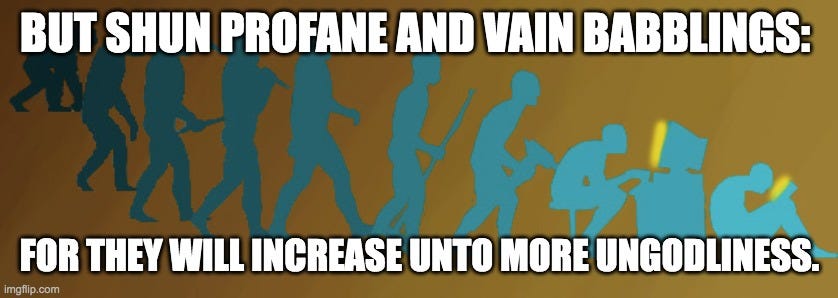

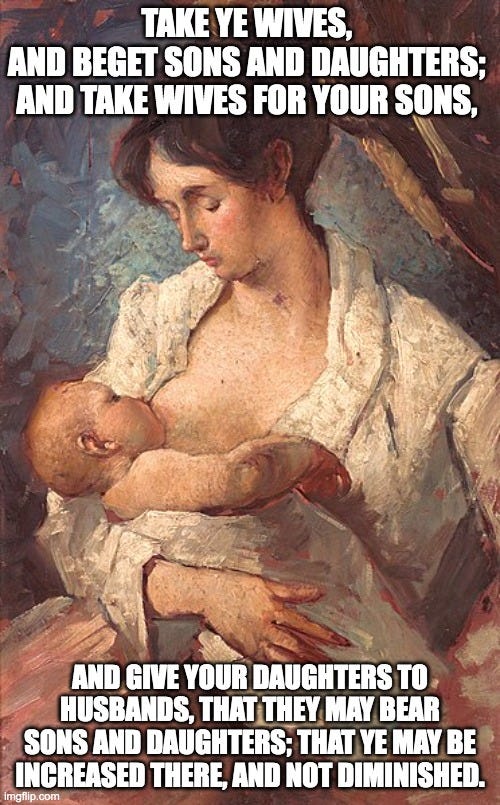





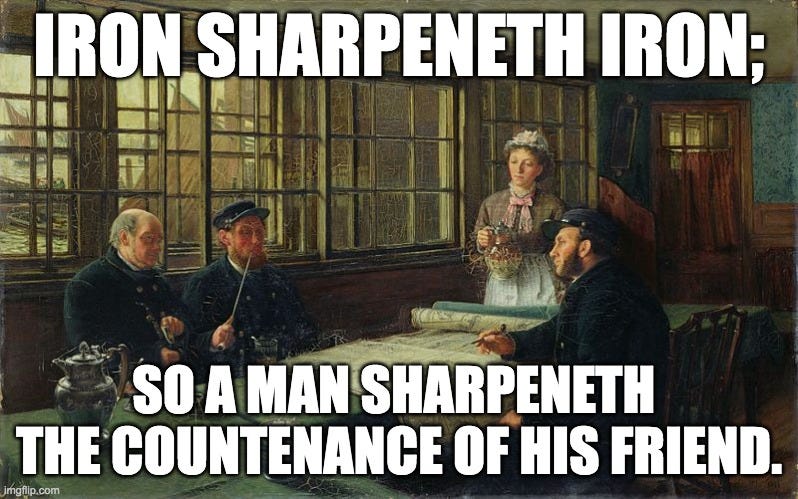
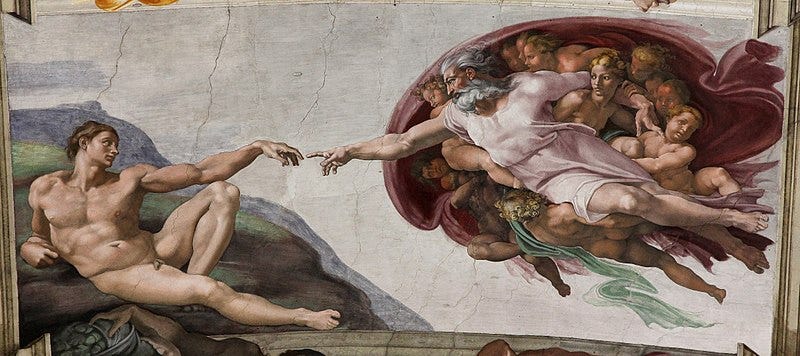
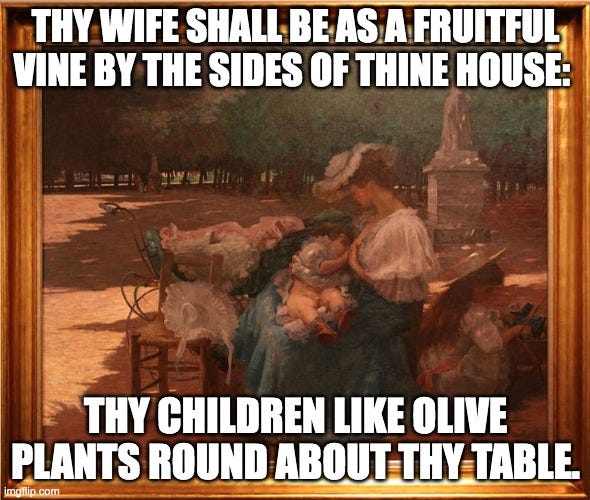


Yes, correct. From non-life.
Hey Von, I’m still around. I finally got a good laptop and can actually reply to you in notes far easier. Im sure your long since moved on from our prior debates. If you care to discuss another topic or continue an old one I left hanging. I can do so now comfortably. Take care